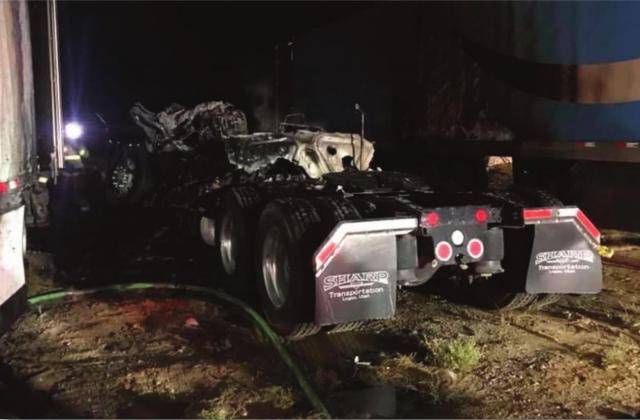Incident includes uranium-contaminated water
MILAN, N.M – Homestake Mining Company of California has alerted authorities to a spill of uranium-contaminated water. Despite the spill, Homestake officials say there is no threat to the people living near the Homestake site and that the contaminated water is being cleaned up.
On September 1, Homestake alerted the New Mexico Environment Department’s Ground Water Quality Bureau to 113,000 to 216,000 gallons of uranium-contaminated extraction water that had spilled out of an inactive well on the mining company’s property. The company notified the U.S. Nuclear Regulatory Commission about the spill on Sept. 2.
Homestake has been cleaning up the water in the area as part of their remediation tactics after a history of mining in the area resulted in the aquifer becoming contaminated with uranium. To fix the situation, Homestake uses a zeolite system, made up of several zeolite crystals which help extract uranium from the water. Contaminated water is pushed from wells through a pipeline and into the zeolite ponds for cleaning.
According to officials, the zeolite system had been out of operation since November but resumed its normal operations in late August. Certain wells across the property were activated to help push the contaminated water into the zeolite ponds where it may be treated. A Homestake technician was checking the wells and their sur rounding areas for any potential spills when the employee discovered on Sept. 1 that an inactive well – Well 490 – on the property had been spilling contaminated water that had started to pond on the property.
The technician turned off the flow to the well and Homestake immediately contacted the NMED to alert them about the spill.
Upon investigating the spill, Homestake officials discovered that important equipment – the check valve – had failed on the well, and the discharge valve was in the wrong position. These two issues allowed water to backflow from the active pipeline and out of the sample port valve which is kept open to prevent freezing.
The contaminated groundwater that spilled had an overall uranium concentration of 0.3 milligrams per liter. Homestake called this concentration “insignificant” to impacting resident’s health relative to the Code of Federal Regulations on public dose limits. Citizens in the area do not use their wells for water consumption as Homestake Mining Company pays for their water through the Vil lage of Milan, a program which was reactivated in 2018 to help the area residents.
Homestake has been remediating the water in the area since 1977, with one official saying, “It’s our commitment to do what’s right.”

